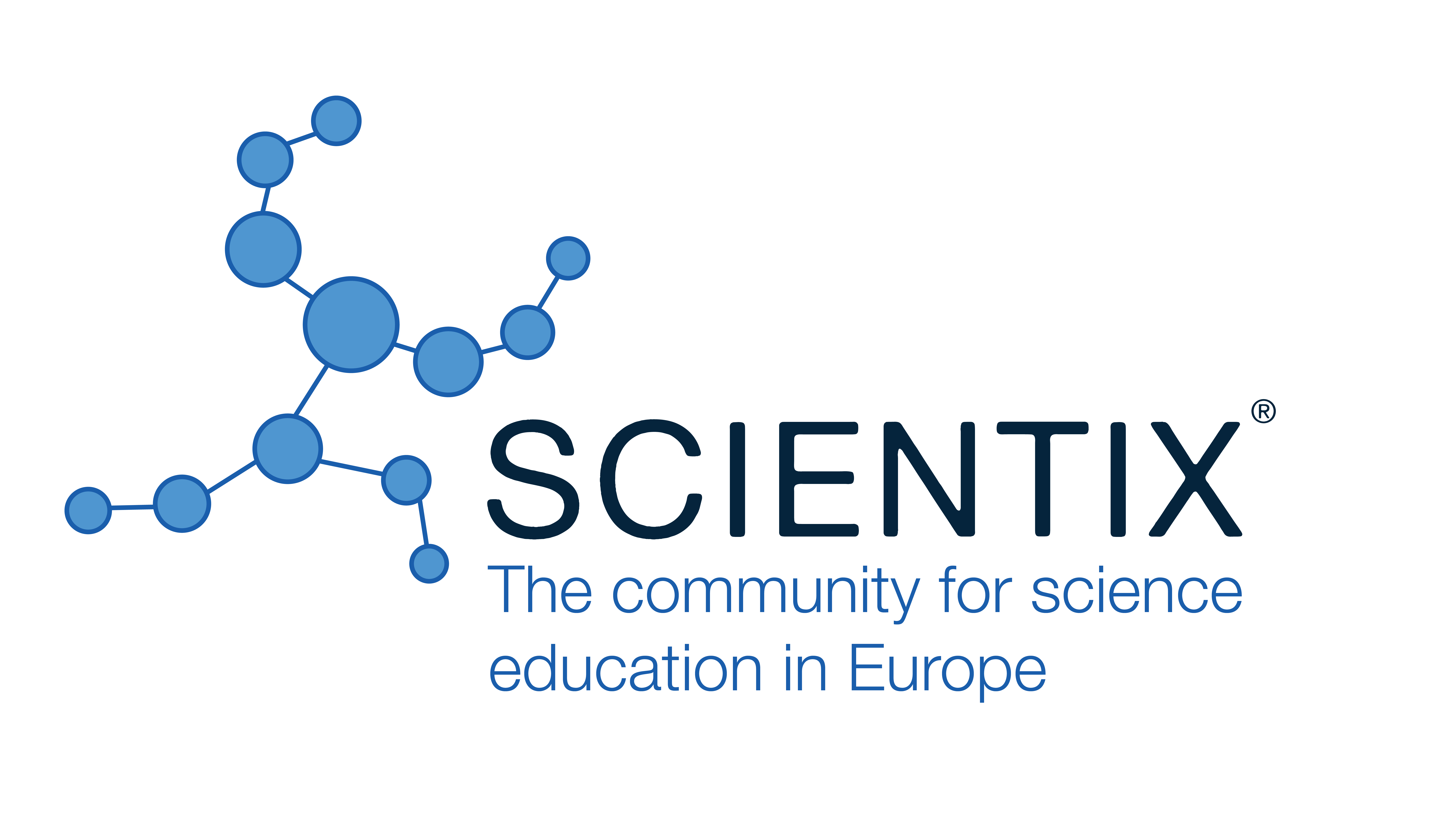Education is Going to the (Therapy) Dogs
Terri Hlava, Arizona State University (United States)
Abstract
This paper reconceptualizes marginalized children’s engagement with literacy activities, investigating whether integrating a therapy dog impacts standardized test scores for sight word recognition among 7-8-year-olds attending school in a low-income neighborhood in the southwest United States. Over the course of a year, the experimental group practiced literacy skills with a therapy dog while the control group participated in identical activities without a dog. All students improved, but the group who worked with the therapy dog increased their skills significantly more, even though they began with substantially lower means. Factors influencing marginalization included poverty and whether English was spoken in the home. Teachers administered the Developmental Reading Assessment (DRA) prior to the start of the experiment, and again at the end of the year, with change scores indicating growth. The DRA measures sight words, fluency, and comprehension. Sight word acquisition is a key component of fluency, which impacts comprehension (Bibi & Pujari, 2023; Dini, 2022). In second grade, the DRA tests 210 sight words. In the experimental group, 18 different languages were spoken at home among a class of 34 students (30 of whom completed the DRA pre and post assessments). Thirteen of these students had arrived in the country just weeks before school started, and these sight words were not part of their working vocabulary. Similarly, 15 of the 32 control group students (30 of whom completed the DRA pre and post assessments) had recently arrived in the country speaking languages other than English. Each teacher had more than 25 years of experience and taught sight words using flash cards and repetition. It is essential that children learn sight words as part of their early reading experience (Johns & Lenski, 2019). We hypothesized that reading the cards to a therapy dog would increase sight word acquisition, beyond repetition, by honoring children’s funds of knowledge (’t Gilde & Volman, 2021) as they became the teachers, and the dog became their student.
|
Keywords |
Second language learning, Therapy dogs in schools, Reading with dogs, Sight word acquisition strategies, Supporting multicultural readers |
|
References |
Bibi, A., & Pujari, J. (2023). MIER Journal of Educational Studies Trends & Practices, 13(2), 336 – 355. DOI: 10.52634/mier/2023/v13/i2/2444 Dini, A. (2022). The Importance of Sight Word Recognition to Improve Reading Fluency. JELP: Journal of English Language and Pedagogy, 1(2), 102-115. https://doi.org/10.58518/jelp.v1i2.978 Johns, J. L., & Lenski, S. D. (2019). Improving reading: Interventions, strategies, and Common Core connections (7th ed.). Dubuque, IA: Kendall Hunt. ’t Gilde, J., & Volman, M. (2021). Cambridge Journal of Education, 51(6), 673–692. https://doi.org/10.1080/0305764X.2021.1906845 |
 The Future of Education
The Future of Education





























